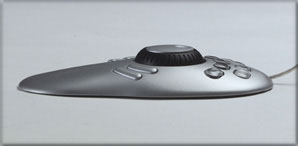

Furthermore, the value of other technologies such as smart phone, inertial sensor or radar should be investigated. In conclusion, the pro-agility shuttle currently has limited diagnostic value and the variability of smaller performance sub-components within pro-agility shuttle should be examined. Elite athletes showed the fastest performance times, whereas sub-elite and novice athletes showed similar spreads in performance, suggesting similar athletic capabilities. Data of 32,891 subjects in 12 sports (American football, basketball, cricket, general athletes, hockey, lacrosse, recreational athletes, resistance-trained athletes, rugby, soccer, swimming, and tennis) were extracted and aggregated, establishing sport, skill-level (elite, sub-elite, and novice) and positional normative values, where practical. Additionally, only reliability of total-time from stopwatch and timing lights were reported. Pro-agility shuttle reliability was reported in 10 studies across 6 sports however, comprehensive reliability statistics were absent in most papers. A total of 67 studies were included for review. Limitations of the pro-agility shuttle are identified, as are future research directions. This article aimed to determine pro-agility shuttle utility, by quantifying variability and normative values for different sports, skill-levels and positions. Change of direction (COD) is an important component of athlete performance and measuring and comparing athletes is an integral aspect of strength and conditioning practice.


 0 kommentar(er)
0 kommentar(er)
